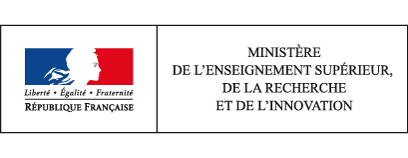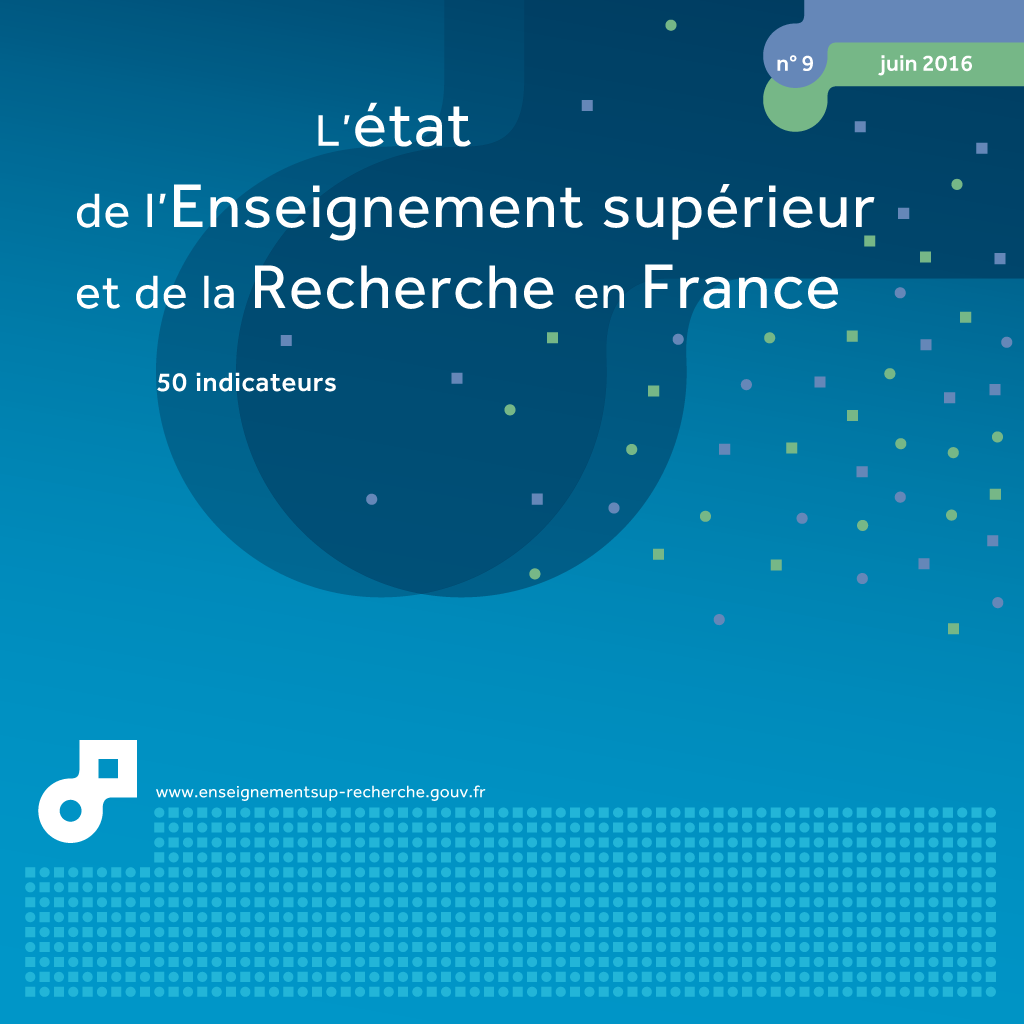06 qualification and recruitment of teacher-researchers
This page has been updated. Read 06. qualification and recruitment of teachers-researchers in Higher education & research in France, facts and figures 10th edition - June 2017
In 2014, 1,919 teacher-researchers were recruited into the corps of professors and lecturers. Around 44% of these became qualified during the 2014 session, in other words immediately prior to this recruiting campaign. The proportion of teacher-researchers who are foreign nationals stayed constant at around 17% for lecturers. Endo-recruitment accounts for 22% of lecturers and 58% of professors.
Qualification for the position of University Professor or Lecturer is a pre-condition when applying for the competitive recruitment exam to become a teacher-researcher. Once qualification is awarded by the National Universities Council (CNU), it is valid for 4 years. In 2014, the qualification session organised by the Ministry received 21,803 applications, with one person being allowed to submit several requests for qualification under different disciplines (which are in fact submitted to different discipline-related sections of the CNU) or to each of the two teacher-researcher bodies. In 2014, members of the CNU examined 17,362 separate applications in all and approved 11,095 qualifications for 8,290 different individuals, i.e. 62.9% of the 13,180 candidates (chart 06.01).
Only a fraction of these newly qualified people put themselves forward for the competitive examination to recruit teacher-researchers: in 2014, 50% of qualified professors and more than 39% of qualified lecturers did not take the exam in the year following their qualification. They can take it during later recruitment campaigns according to the vacancies available or they can use this qualification in other ways for the purposes of their professional career.
2,358 vacant positions ware available on 1st September 2014, nearly 250 fewer than the previous recruiting campaign, were published in the Official Journal, in order to recruit lecturers and professors for higher education institutions. Between 2011 and 2014, the number of posts offered to professors and lecturers fell by 30.4% and 27.4% respectively, which represents a 28.6% reduction overall in the number of jobs available (chart 06.02).
These posts can be filled, in the first instance, by secondment or transfers. Secondment is rarely used: 4 lecturers and 6 professors, or 0.4% of the posts offered. Transfers, which were already low, fell by 15.3% in 2014, representing 12.5% of the posts filled.
On the basis of 2,072 jobs remaining to be filled after transfer, secondment, higher education agrégations, and specific recruitment processes, 1,919 of these positions were filled through the competitive exam, or 92.6%. Of the 593 university professors recruited, 90.5% came from the body of lecturers (chart 06.03). The average age of the university professors recruited was 44 years and 8 months, and for the lecturers, 33 years and 10 months. (chart 06.03).
Women represented 41% of the total (36% of professors and 43% of lecturers).
Concerning the background of the new lecturers, 12.1% were came from posts as Temporary research and teaching assistant (ATER), coordinators or readers and 34.1% worked in research outside higher education (chart 06.04).
The legislation concerning the appointment of tenured teacher-researchers allows for the recruitment of foreign nationals. In 2014, 7.6% of lecturers appointed were from another European Union country, 8.9% were from the rest of the world. The international attractivness of France and the general trend towards a growing globalisation of teacher-researcher recruitment can be clearly seen from this increase in the share of foreign teacher-researchers. While the numbers of teacher-researchers increased by around 60% between 1992 and 2013, the proportion of foreign nationals increased by 255% over the same period (chart 06.05).
Internal recruitment (Endo-recruitment) remained stable compared with 2009, but was more pronounced for professors than for lecturers. In 2014, 76% of lecturers and 57% of professors arrived from a different institution than the one to which they were appointed.
How to cite this paper :
close
Key figures
applications for qualification
Whole of France
candidates
Whole of France
qualifications
Whole of France
qualified persons
Whole of France
university professors
Whole of France
lecturers
Whole of France
Whole of France
06.01 Qualification and recruitment of teacher-researchers - Review of qualification in 2014
You can embed this chart to your website or your blog by copying the HTML code and pasting it into the source code of your website / blog:
close
06.02 Recruitment of university professors - Campaigns 2005 to 2014 - Filling of vacant positions
You can embed this chart to your website or your blog by copying the HTML code and pasting it into the source code of your website / blog:
close
06.03 Recruitment of lecturers - Campaigns 2005 to 2014 - Filling of vacant positions
You can embed this chart to your website or your blog by copying the HTML code and pasting it into the source code of your website / blog:
close
06.04 Distribution of university professors and lecturers recruited in 2014 by category of previous activity (%)
1 Only appointments made further to the synchronised recruitment campaign (excluding appointments made as part of continuous recruitment process).
You can embed this chart to your website or your blog by copying the HTML code and pasting it into the source code of your website / blog:
close
06.05 Trend in proportion of foreign nationals among tenured teacher-researchers from 1992 to 2014 (%) 1
1 excluding medical and dentistry disciplines and specific groups.
You can embed this chart to your website or your blog by copying the HTML code and pasting it into the source code of your website / blog:
close
Translation
 Etat de l'enseignement supérieur et de la rechercheL'état de l'Enseignement supérieur et de la Recherche en France n°9 - Juin 2016
Etat de l'enseignement supérieur et de la rechercheL'état de l'Enseignement supérieur et de la Recherche en France n°9 - Juin 201606 - qualification et recrutement des enseignants-chercheurs - Marc Bideault







